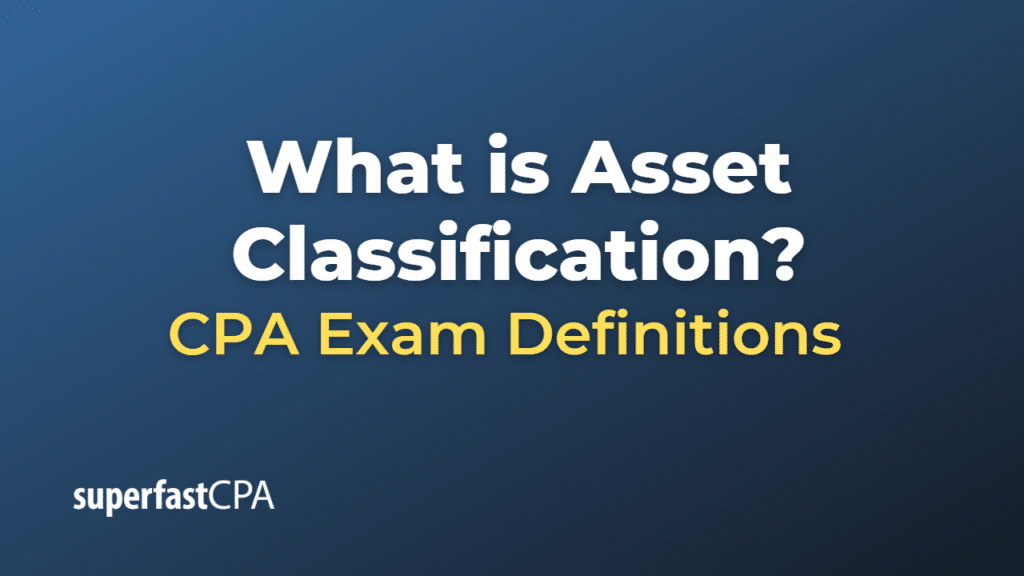Asset Classification
Asset classification is the process of organizing a company’s assets into different categories based on their nature, characteristics, and time horizon. This classification helps businesses, investors, and other stakeholders better understand the financial position of the company and make informed decisions. The main types of asset classification are:
- Current assets: These are short-term assets that are expected to be converted into cash or used up within one year or an operating cycle, whichever is longer. Examples of current assets include cash and cash equivalents, accounts receivable, inventory, marketable securities, and prepaid expenses.
- Non-current assets: These are long-term assets that a company uses to generate income over an extended period, typically longer than one year. Non-current assets are further divided into two categories:a. Tangible assets: These are physical assets with a measurable monetary value. Examples include land, buildings, machinery, vehicles, and equipment.b. Intangible assets: These are non-physical assets that have a monetary value based on their potential to generate future economic benefits. Examples include goodwill, patents, trademarks, copyrights, and licenses.
- Financial assets: These are investments in financial instruments, such as stocks, bonds, and derivatives, which can generate income through interest, dividends, or capital appreciation. Financial assets can be classified as current or non-current assets, depending on their maturity or the company’s intention to hold them for the short or long term.
Asset classification is essential for financial reporting, tax purposes, and decision-making. It helps in understanding the company’s liquidity position, investment strategy, and overall financial health.
Example of Asset Classification
Let’s consider a hypothetical company called XYZ Inc. to illustrate the concept of asset classification. Here’s a list of some of XYZ Inc.’s assets and their respective classifications:
- Current assets: a. Cash and cash equivalents: $50,000 b. Accounts receivable: $30,000 c. Inventory: $60,000 d. Marketable securities: $10,000 e. Prepaid expenses: $5,000
- Non-current assets: a. Tangible assets: i. Land: $100,000 ii. Buildings: $200,000 iii. Machinery: $150,000 iv. Vehicles: $25,000 b. Intangible assets: i. Goodwill: $75,000 ii. Patents: $40,000
- Financial assets: a. Long-term investments in stocks: $15,000 b. Long-term investments in bonds: $20,000
The above example demonstrates the asset classification for XYZ Inc. The current assets, such as cash, accounts receivable, and inventory, are expected to be used or converted into cash within one year. The non-current assets, including tangible assets (land, buildings, machinery) and intangible assets (goodwill, patents), are expected to generate value for the company over an extended period. Finally, the financial assets consist of long-term investments in stocks and bonds, which can generate income through dividends, interest, or capital appreciation.













